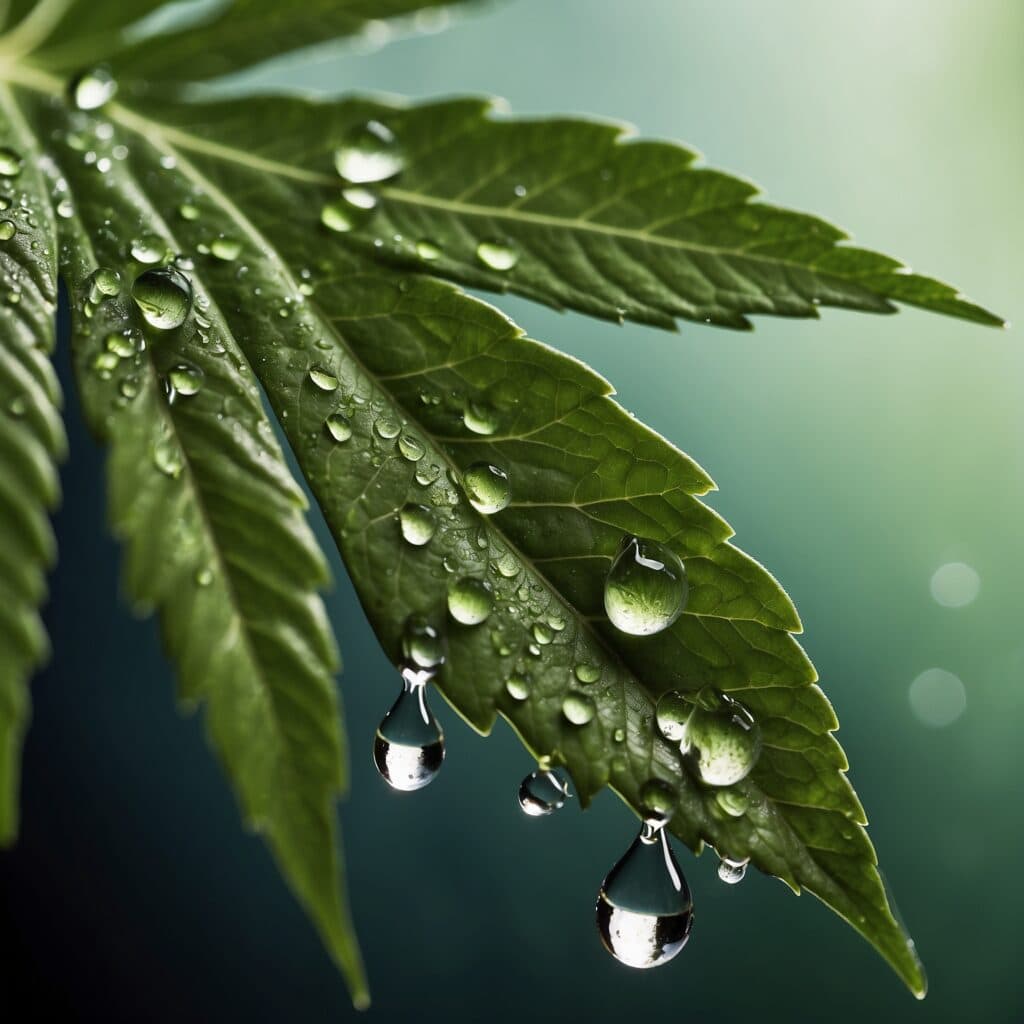Microdosing cannabis is the key to small health gains and therapeutic purposes. It is not about getting high, it is about balance, wellness and focus. Benefiting productivity, focus, creativity and mood without sacrificing your mind and body to the side effects.
What is micro dosing cannabis?
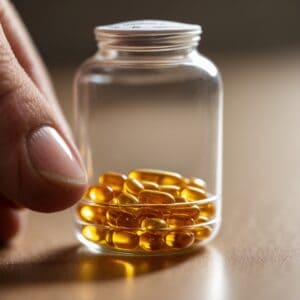
Microdosing cannabis is the practice of consuming very small, carefully measured amounts of cannabis, typically well below the level that causes intoxication. The goal is to gain therapeutic benefits like reduced stress, improved focus, or better sleep without feeling impaired.
This is far from recreational use, where cannabis is taken for entertainment purposes by spiking the dopamine levels in the brain and increasing heart rate to create short-term excitement. Recreational cannabis use is often done by smoking or consuming edibles.
The science behind it
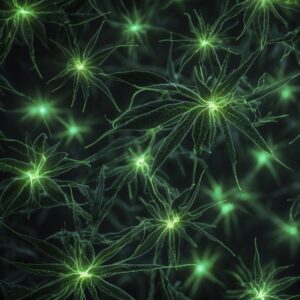
The biphasic effect, this is where small doses can have one set of positive outcomes, and larger doses produce the opposite. This is the foundation of microdosing cannabis: using the plant’s compounds in subtle amounts to gently support health and balance, rather than overwhelm it.
Research suggests that lower, controlled doses of cannabinoids may offer therapeutic effects that larger doses sometimes miss. For example, studies on microdosing THC indicate it can reduce anxiety, enhance focus, and even improve emotional regulation, while avoiding the cognitive fog or drowsiness linked with higher intake.
Your ECS (Endocannabinoid System) that controls everything mentioned above is a fragile system and can easily be destabilized with a drug like cannabis that effects it in such a great manner.
Case Studies
- Syqe Inhaler Low-Dose THC Trial (Chronic Pain)
In a randomized, double-blind, placebo-controlled trial using the Syqe Selective-Dose Inhaler, patients received single inhalations of 0.5 mg THC or 1.0 mg THC (or placebo). The study showed that both microdoses reduced pain with minimal cognitive or psychoactive side effects.
Another report of the same mechanism (hospital setting) echoed that the inhaler delivers reliable pain relief. - “Cannabinoid Extract in Microdoses” for Memory / Cognitive Symptoms
In a case report titled “Cannabinoid extract in microdoses ameliorates mnemonic …”, a patient was treated with a THC-rich extract in microdoses to address memory and cognitive deficits. The report describes symptomatic improvements in mnemonic function (i.e. memory recall) and cognitive performance over the course of treatment, with minimal side effects. - Animal / Preclinical Insight: Reversal of Age-Related Decline in Mice With THC Microdoses
This one’s not human, but solid mechanistic fodder. In older mice, a single microdose of THC (0.0005–0.01 mg/kg) reversed age-related cognitive decline over weeks, inducing gene expression changes tied to neurogenesis and neuronal survival.
How to Microdose Safely

The idea of microdosing is not to feel it, but to trust that the dosage is doing the job it is designed to, much like taking a multivitamin. One may experience what is called the entourage effect, a slight change in your constant state, and this is normal. Here are the recommended dosages:
THC Microdosing Scale (by body weight)
Start low and go slow.
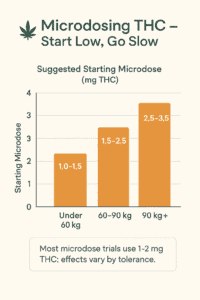
X-Axis: Body weight categories (Under 60kg / 60–90kg / 90kg+).
Y-Axis: Suggested starting microdose (mg THC).
Scale values:
<60kg → 1.0–1.5mg THC
60–90kg → 1.5–2.5mg THC
90kg+ → 2.5–3.5mg THC
Note box: “Most microdose trials use 1–2mg THC; effects vary by tolerance.”
CBD Microdosing Scale (by body weight)
Gentle Daily Balance.
X-Axis: Body weight categories (Under 60kg / 60–90kg / 90kg+).
Y-Axis: Suggested starting microdose (mg CBD).
Scale values:
<60kg → 3–5mg CBD
60–90kg → 5–10mg CBD
90kg+ → 10–15mg CBD
Note box: “CBD microdoses are larger than THC because it is non-intoxicating.”
THC + CBD Balanced Microdosing Scale
Balanced Microdosing (THC + CBD)”
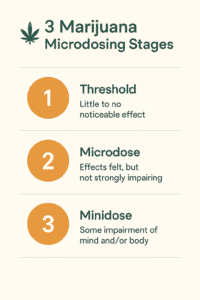
Chart style: Two-color bars per weight range (green for CBD, amber for THC).
Suggested ratios:
<60kg → 1mg THC + 5mg CBD
60–90kg → 2mg THC + 7–10mg CBD
90kg+ → 3mg THC + 10–15mg CBD
Note box: “A 1:5 or 1:10 THC:CBD ratio may maximize benefits while reducing intoxication.”
What to use
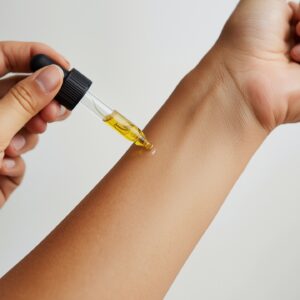
Cannabis microdosing is very specific and in such small quantities it’s very hard to measure using casual consumption methods like smoking, vaping or even edibles. The best way is to use a tincture or cannabis drops that have specific measurement directions on the bottle.
Who Might Benefit Most?

This should not be considered medical advice. Nothing in this post is medical advice. Please consult your doctor or physician before consuming any of these products.
People with chronic pain, depression, sleep disorders, or severe anxiety should not be microdosing cannabis. Microdosing cannabis is intended for less critical conditions and is more likely to be effective as a soothing lifestyle aid, helping with mild anxiety, lighter depression, minor sleep problems, or discomforting pain.
The reason for this is that cannabis is not a miracle worker, and there are far more effective drugs available that are designed specifically for the critical conditions mentioned above. Long-term cannabis use in any dosage can also affect the ECS in a negative way.
Risks & Considerations

- Tolerance: After a period of time microdosing cannabis, your body will adjust and your tolerance will increase, leaving you with no positive effects from that dosage. This does not mean increase the dose. It means take a tolerance break of at least one month. This will rebalance your system and make microdosing effective again.
- Work: Do not consume microdoses of cannabis if your work is dangerous, such as driving or operating heavy machinery. Office work, call centers, or retail environments are generally acceptable.
- Drowsiness: Microdosing cannabis can sometimes lead to drowsiness and reduced concentration. For this reason, it is best taken in the evenings or early in the morning before coffee.
Conclusion
Microdosing cannabis is less about chasing a high and more about cultivating balance. A subtle tool to support wellness, focus, and creativity without overwhelming the mind or body. By respecting the science, using precise methods like tinctures, and keeping doses intentionally small, individuals can explore the therapeutic potential of cannabis while minimizing risks.

